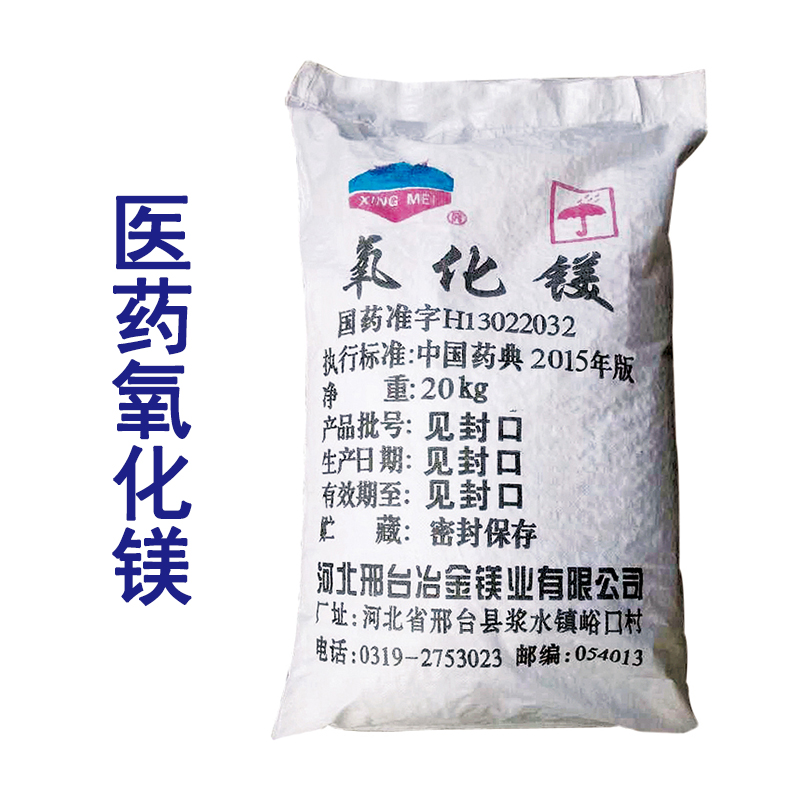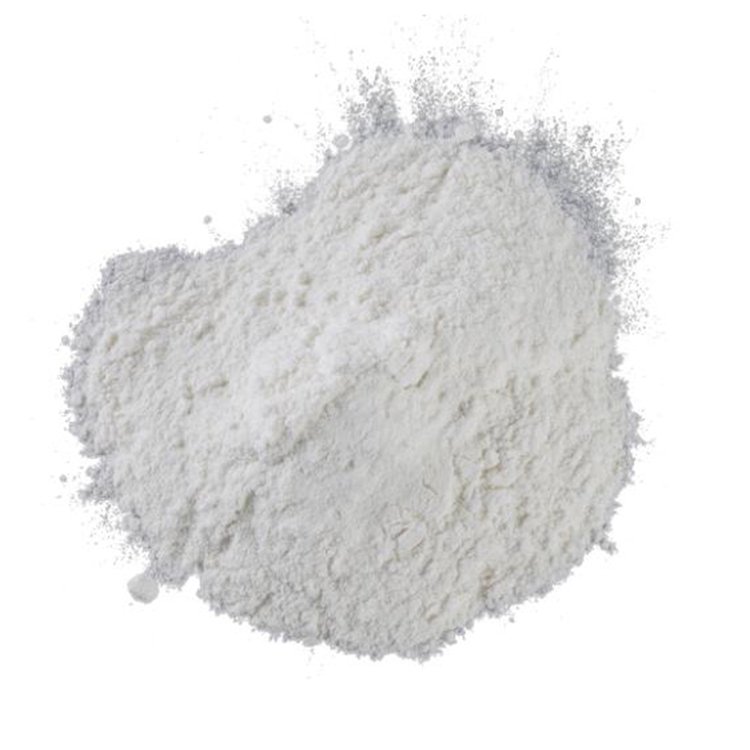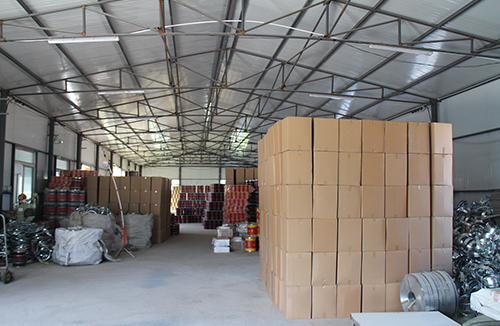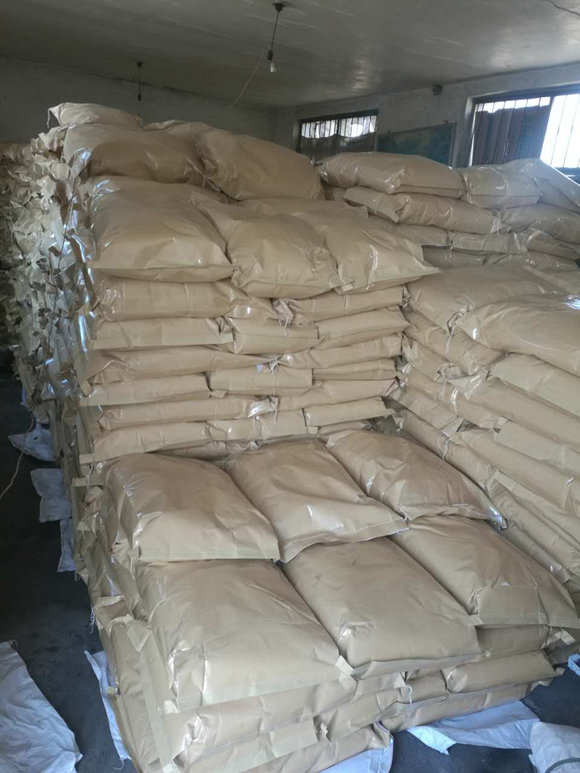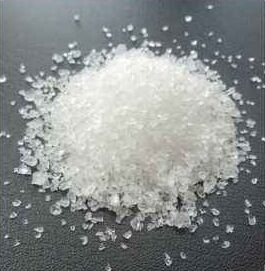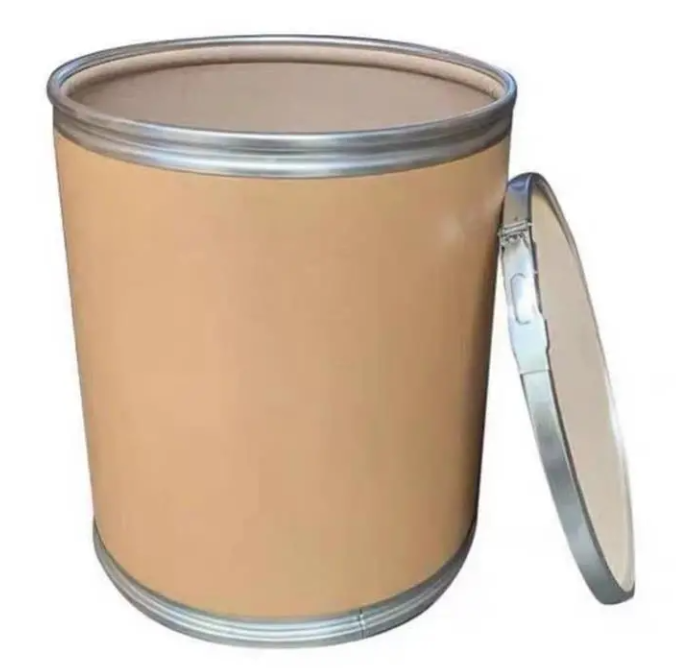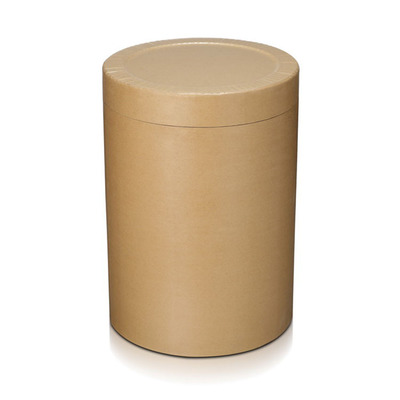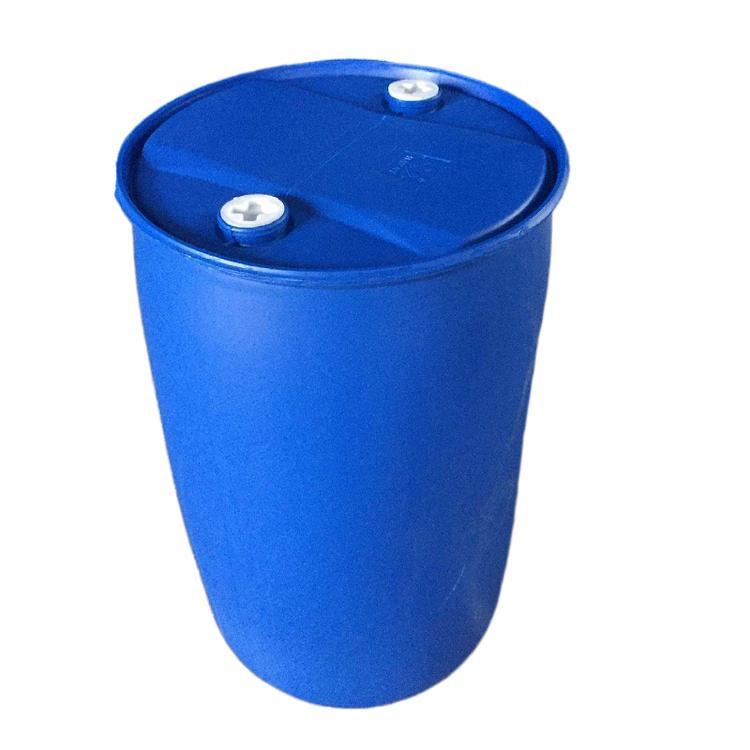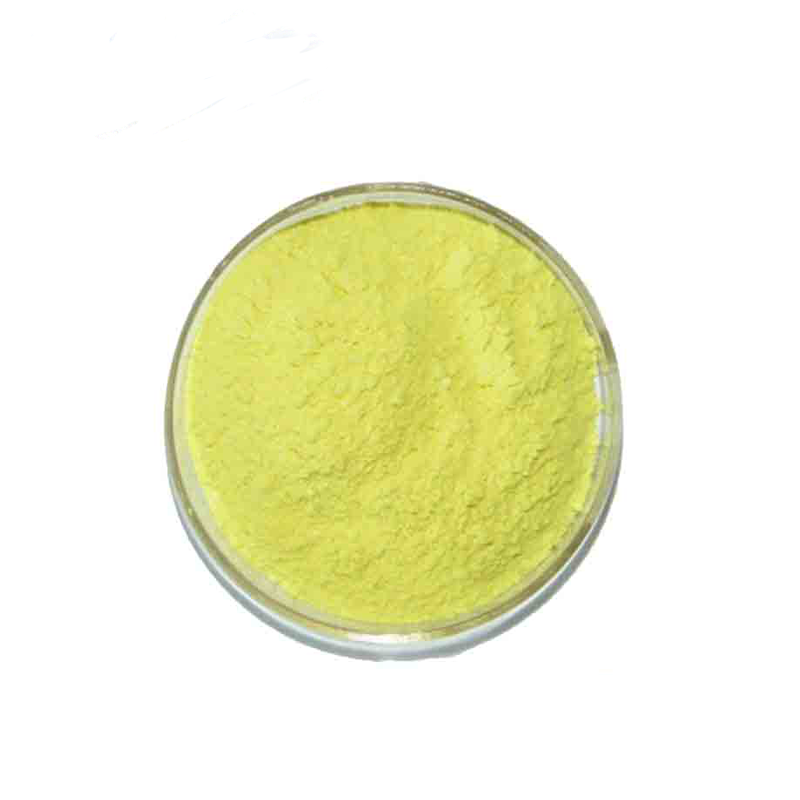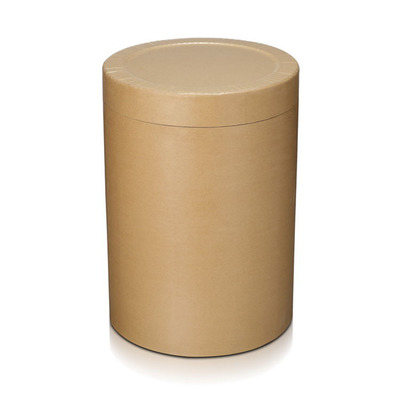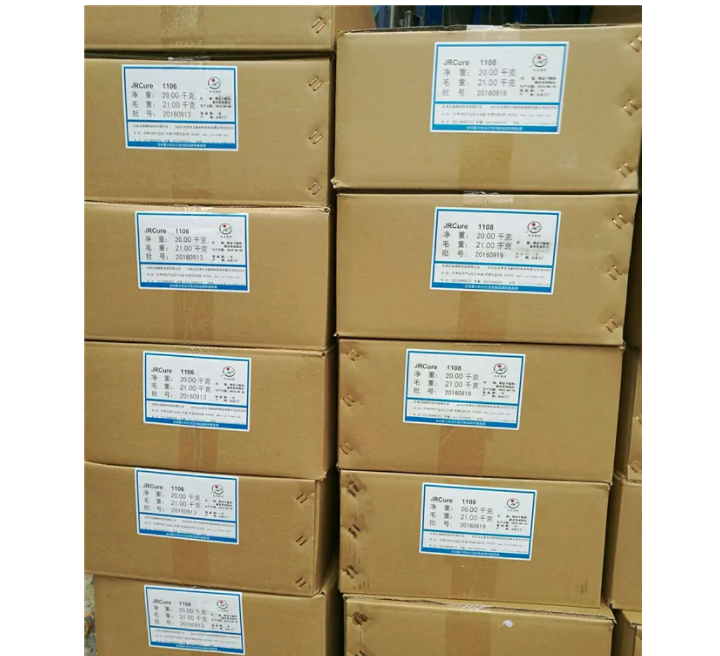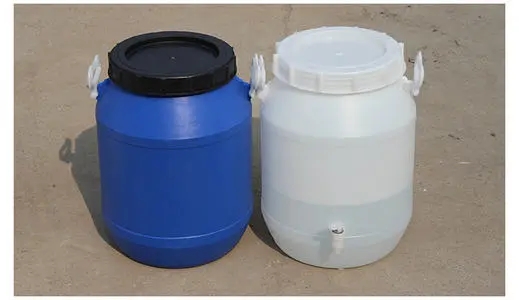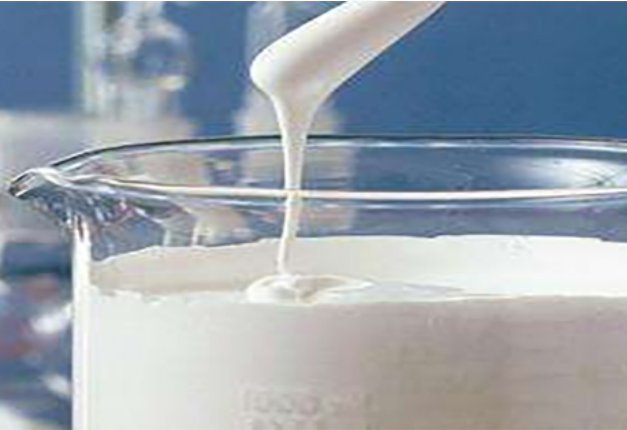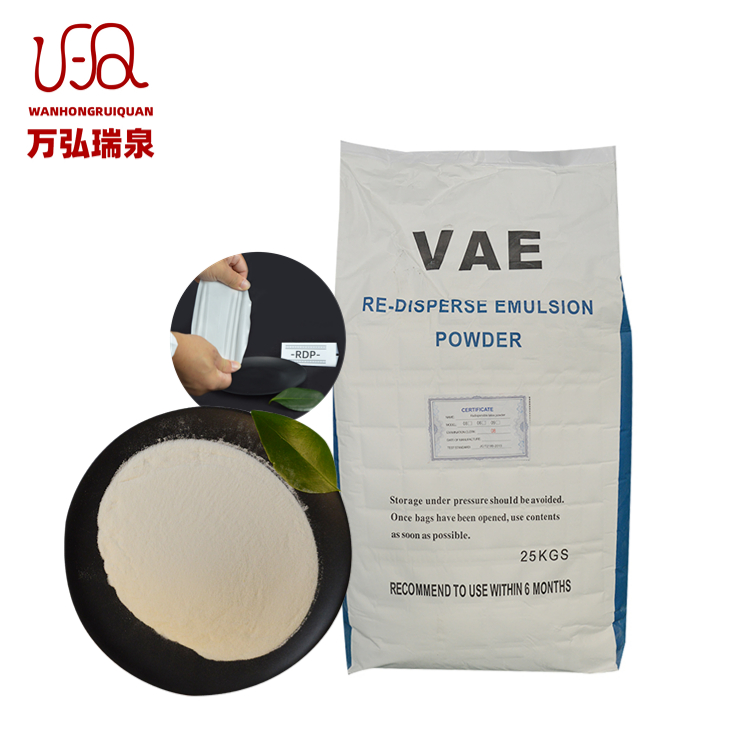Water Treatment Chemicals
Leather Auxiliary Agents
Paper Additives
Forest Chemicals
Textile Auxiliaries
Building Chemicals
Rubber Additives
Other Auxiliary Agent
Plastic Additives
Coating Additives
Resin Additives
Adhesive
Adhesive Additives
Cross-Linking Agent
Plastic Rubber Chemicals
Antioxidant
Fluorescent Brightener
Flame Retardants
UV Absorbers
Electronics Chemicals
Petroleum Additives
Pesticide Additives
Polyethylene Glycol Derivatives
Coupling
Molecular Sieve
Beneficiation Agents and Smelting Additives
Adsorbent
Organic Extractant
Oilfield Chemicals
Dye Auxiliaries
CAS:1309-48-4
Molecular Formula:MgO
Alias
More Information
Magnesia Usta; Magnesium Monoxide; Magnesium Oxalate; Oxalic Acid Magnesium; mgo Substrate;
Brief Introduction
It can be used to manufacture ceramics, enamel, refractory crucible and refractory brick, and can also be used as polishing agent, adhesive, filler of paint and paper, accelerator and activator of neoprene and fluororubber. After mixing with magnesium chloride and other solutions, magnesium oxide cement can be prepared. In medicine, it is used as antacid and laxative, for excessive gastric acid, gastric and duodenal ulcer, and also for glass, dye, phenolic plastics and other industries. Food grade is used as decolorizing agent for refining granulated sugar, pH regulator for ice cream powder, etc.
Suppliers
View More Vendors (4) >
CAS:9003-01-4
Molecular Formula:C3H4O2
Alias
More Information
2-Propenoic Acid, Homopolymer; Poly(Acrylic Acid) Macromolecule; Poly(Acrylic Acid); Propenoic Acid Polymer; Acrylic Resin; PAA; Acrylic Acid Polymer; 2-Propenoic Acid Homopolymer; Carbopol 980 NF; Polymer Acid Acrylic; Polyacrylic Acid (PAA); Acrylic Resins FOR Paint; C10-30 Alkyl Acrylate Crosspolymer; Acrylates/C10-30 Alkyl Acrylate Crosspolymer
Brief Introduction
Polyacrylic acid is a low molecular weight acrylic monomer, which is used in combination with organic phosphonate, organic phosphonate ester and polyphosphate. It has good synergistic effect and has excellent dispersion effect on calcium phosphonate and iron oxide in water. It can operate under alkaline and high concentration multiple conditions without scaling. Polyacrylic acid will not pollute the environment when discharged.
Suppliers
View More Vendors (4) >
CAS:57472-68-1
Molecular Formula:C12H18O5
Alias
More Information
2-Propenoicacid 2-[1-(1-Oxoprop-2-Enoxy) Propan-2-Yloxy] Propylester; N-Lauryl Acrylate; 1-(2-prop-2-Enoyloxypropoxy)Propan-2-yl prop-2-Enoate; 2-Propenoicacid Oxybis(Methyl-2,1-Ethanediyl)Ester; Dipropyleneglycol Diacrylate; Dipropylene Glycol Diacrylate; DPGDA
Brief Introduction
This product is used as active diluent and crosslinking agent in radiation curing system. It can also be used as resin crosslinking agent, plastic and rubber modifier.
Suppliers
View More Vendors (4) >
CAS:75980-60-8
Molecular Formula:C22H21O2P
Alias
More Information
Diphenyl-(2,4,6-Trimethylbenzoyl)-Phosphine Oxide; (Diphenylphosphoryl)(Mesityl)Methanone; Phosphine Oxide, Diphenyl(2,4,6-Trimethylbenzoyl)-; Diphenylphosphoryl-(2,4,6-Trimethylphenyl)Methanone; Yf-Pi Tpo; Iht-Pi Tpo; Photosensitizer TPO; Photo Sensitizer TPO; Photoinitiator Jrcure-1108; TPO
Brief Introduction
As photoinitiator, it is mainly used for silk screen printing ink, lithographic printing ink, flexo printing ink and wood coating. TPO can be completely cured on the pigmented surface of white or high titanium dioxide. It is widely used in various coatings. Because of its excellent absorption performance, it is especially suitable for silk screen printing ink, lithography, flexographic ink and wood coating. The coating does not turn yellow, the post polymerization effect is low and there is no residue. It can also be used for transparent coating, especially for products with low odor requirements. When used alone in unsaturated polyester containing styrene system, it has high initiation efficiency. Acrylate systems, especially colored systems, usually need to be combined with amine or acrylamide and other photoinitiators to achieve complete curing of the system, especially for low yellowing, white systems and thick films. When the photoinitiator TPO is used with mob240 or cbp393, the curing efficiency can be improved. It is the best extraction solvent for petroleum aromatics units and is also used as formylation reagent in fine chemical industry.
Suppliers
View More Vendors (3) >
CAS:24937-78-8
Molecular Formula:C6H10O2
Alias
More Information
Eva; Injecatable Eva Copolymer; Eva Copolyme; Eva 1802; Vinylacetate,Ethenepolymer; Ethylene-Vinyl Acetate Latex; Vae; Pevac; Ethylene Vinyl Acetate; Ethylene/Va Copolymer; Acetic Acid Ethenyl Ester, Polymer With Ethene, Oxidized; Ethylene/Vinyl Acetate Copolymer; EVA18%; Ethylene Vinyl Acetate Copolymer
Brief Introduction
Ethylene vinyl acetate copolymer (EVA) is obtained by copolymerization of ethylene and vinyl acetate in different proportions. E in the English abbreviation EVA stands for ethylene component, and VA stands for vinyl acetate component. Its performance is closely related to the content of vinyl acetate (VA). According to the different VA content, it can be divided into three categories: EVA plastic with VA content of 5% - 40%, which is mainly used for polyethylene modification Manufacturing wires and cables, film poles, other molded products and mixtures, etc; VA content of 40% - 90% is called EVA rubber, which is mainly used for rubber, cable and automotive industrial parts; VA content above 90% is called polyvinyl acetate emulsion, which is mainly used for adhesives and coatings.
Suppliers
View More Vendors (3) >
Inquiry (
10
/ 10
)
Clear All
Sign In
Error!

